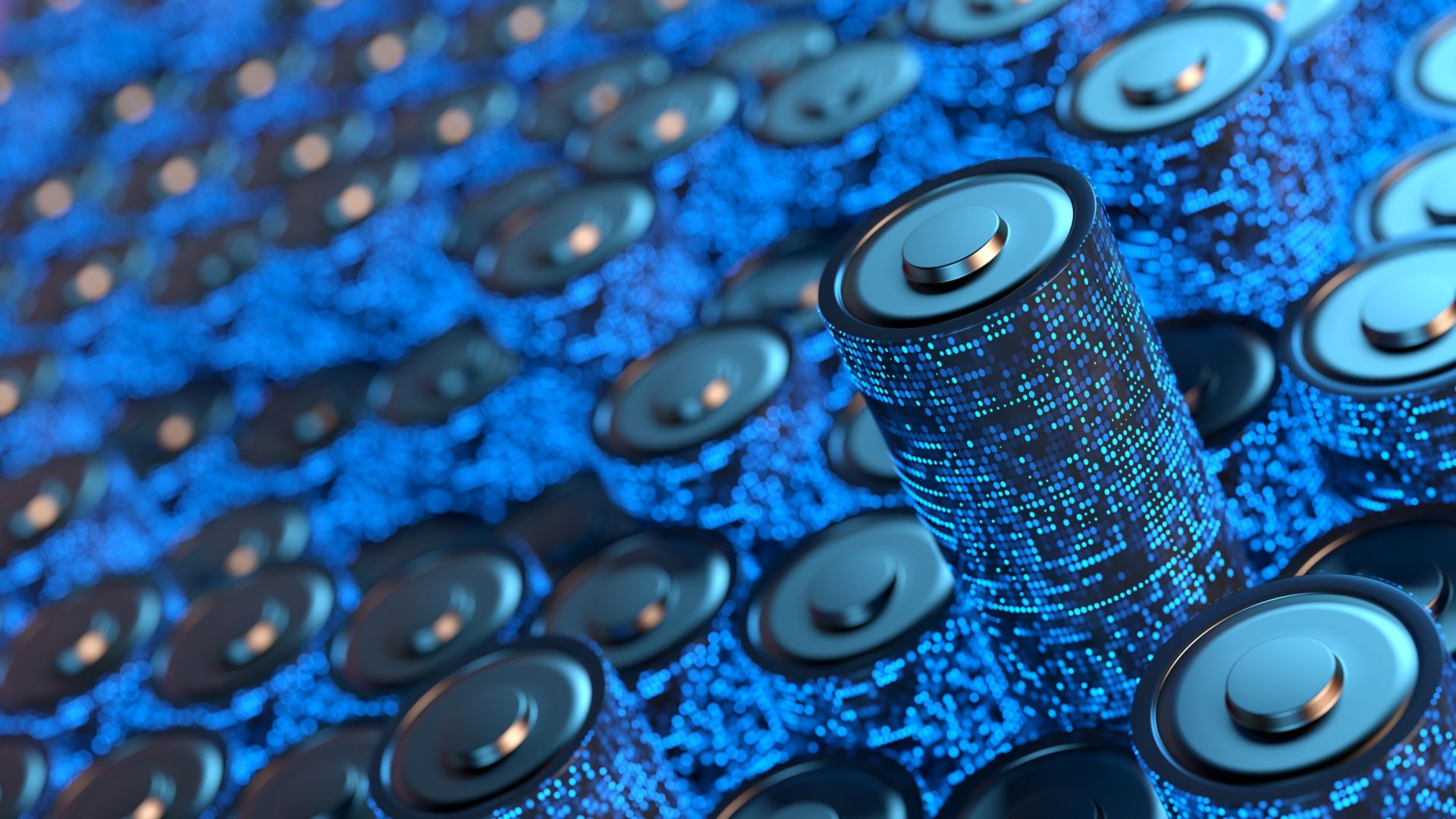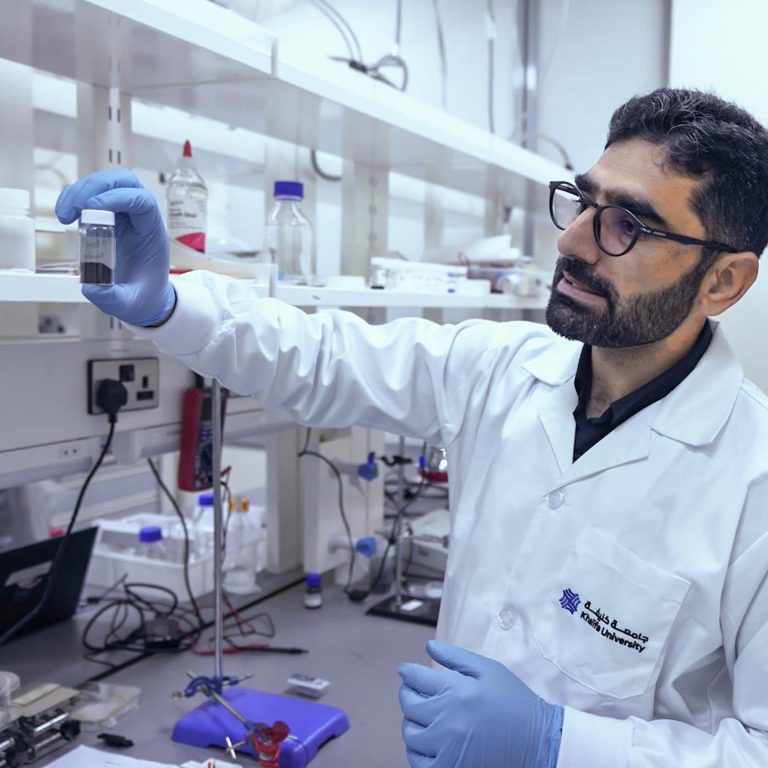Stopping the sulfur shuttle helps batteries go the distance
Porous materials may unlock longer life for lithium-sulfur batteries.
A lithium–sulfur battery is like a racehorse: bursting with energy but destined for a short running life. Its early demise is due to compounds called polysulfides, which form when the battery charges or discharges and move back and forth between its electrodes. This constant shuttling breaks down the battery’s internal parts, so that it can’t keep up its superior performance.
Solving the shuttling problem in lithium-sulfur batteries is a priority for energy transition because, at least in theory, they offer higher density storage, larger capacity and faster charging compared with conventional lithium-ion batteries. Exotic materials are not required for manufacture, making this type of battery potentially cheaper than others.
“Our molecular-level design strategy holds strong promise for the commercialization of efficient and durable lithium–sulfur battery technologies.”
Dinesh Shetty
A lithium–sulfur battery architecture that achieves a prolonged performance by reducing shuttling has been developed by Dinesh Shetty from the Department of Chemistry at Khalifa University, together with co-workers from India, Germany and Slovenia.
Shuttling starts during the discharge of a lithium–sulfur battery, when elemental sulfur at the cathode reacts with lithium ions in the electrolyte to form long-chain polysulfides. These polysulfides diffuse from the cathode to the lithium anode, where they react to create soluble shorter-chain polysulfides and insoluble lithium sulfide. When the battery is charged, while the shorter-chain polysulfides diffuse back to the cathode, the lithium sulfide remains irreversibly deposited on the anode.
With each cycle, more sulfur is lost from the cathode and trapped on the anode, degrading the battery components and performance. “This cyclic migration of polysulfides, or shuttle effect, ultimately suppresses the achievable capacity of the sulfur electrode, undermines long-term stability, and poses a major barrier to the technology’s commercial viability,” explains Shetty.
Shetty and the team were able to block the worst effects of shuttling by introducing a lightweight porous framework at the cathode. This provided anchor points for the sulfur, preventing it from reacting with the lithium ions.
“Unlike the commonly used approach of simple physical confinement, our covalent organic frameworks enabled encapsulation through two mechanisms: physical confinement in the micropores and chemical bonding to the anchoring sites,” says Shetty. Batteries with the porous framework retained up to 80% of their capacity after 500 cycles.
The next step will be to scale up synthesis using cost-effective, industrially compatible methods. “Our molecular-level design strategy holds strong promise for the commercialization of efficient and durable lithium–sulfur battery technologies,” says Shetty. “Collaboration with industry partners will be essential to validate performance in real-use conditions and accelerate the path from lab to market.”
Reference
Ranjeesh, K.C. et. al. Heteroatom-synergistic effect on anchoring polysulfides in chalcone-linked nanographene covalent organic frameworks for high-performance Li–S batteries. Adv. Sci., 12, 2415897, 2025. | Article




